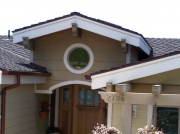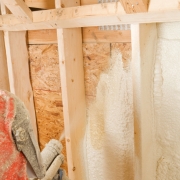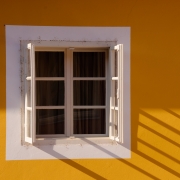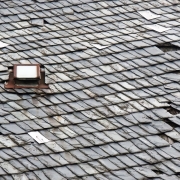Thermal Imaging: An Important Maintenance Tool
Thermal imaging or infrared thermography is a nondestructive maintenance method that uses infrared cameras to measure the amount of thermal radiation emitted by objects, which is converted to temperature. Normally, to measure the temperature of objects near room temperature requires the detection of radiation in the infrared wavelength range (which is much longer than that of visible light, i.e., approximately 400–700 nanometers). Infrared images are normally colorized so that objects that emit more thermal radiation than others will appear as brighter colors (yellow, red, and white). Cooler objects appear in darker blue, purple, or green colors. Although thermal imaging normally detects only surface temperatures, infrared signatures often indicate temperatures inside structures.






